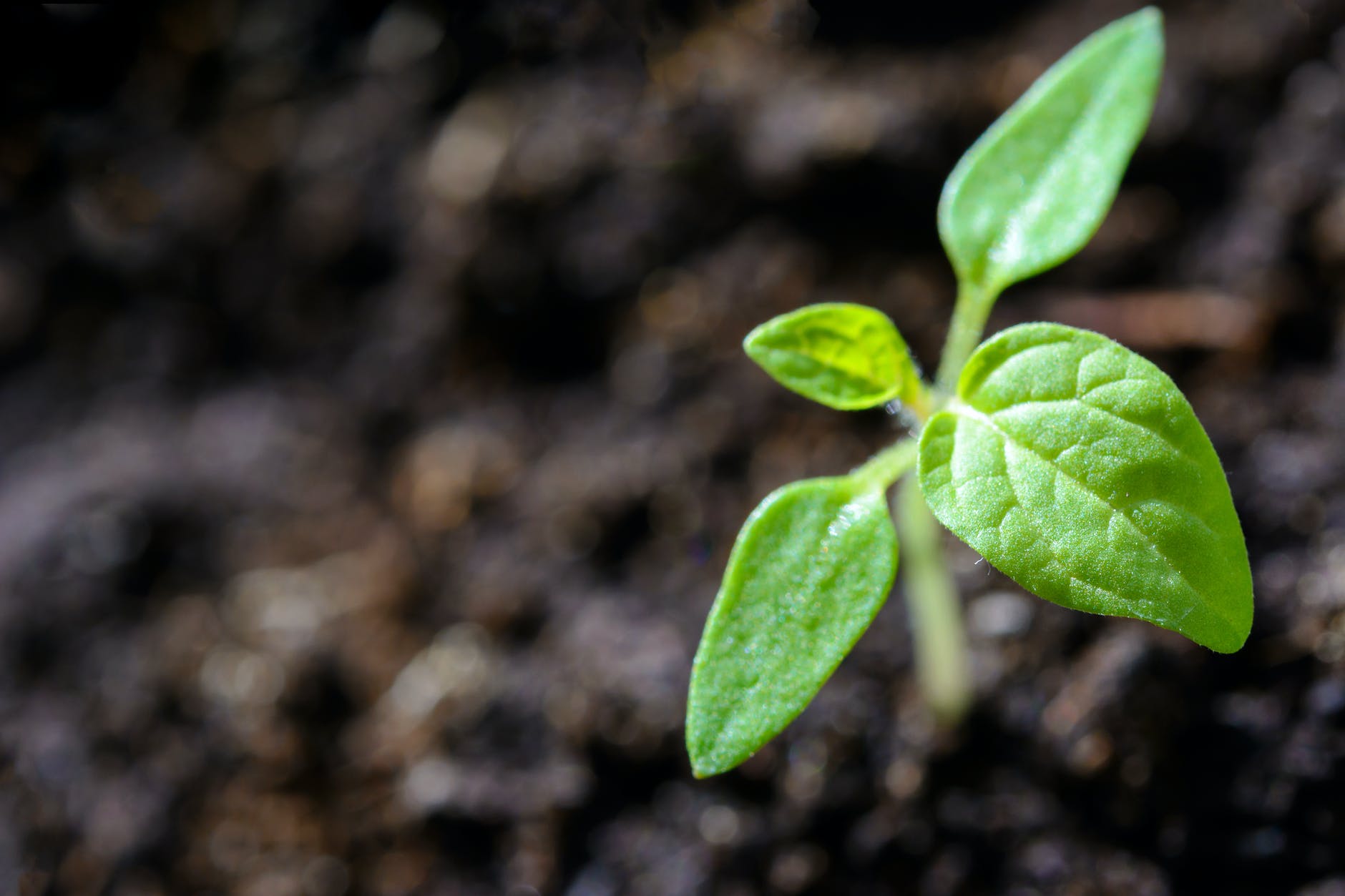Growing cannabis at home has become increasingly popular due to its potential health benefits and the increasing legality of personal use. Whether for medicinal purposes or personal use, home cultivation is a fulfilling hobby that doesn’t require special skills or vast amounts of space. In this article, we’ll discuss the basics of cannabis cultivation, including the choice between indoor growing and outdoor growing, selection of seeds, suitable soil, lighting requirements, nutrient needs, harvesting techniques, trimming practices, and effective pest control.
Choosing between indoor or outdoor cultivation is one of the first decisions you’ll have to make. While outdoor growing is cheaper and simpler, indoor cultivation offers more control over the growing environment, including temperature, humidity, and lighting. A controlled environment minimises the risk of pests and diseases, ensuring healthier plants and better yields. Whichever choice you make, careful planning can lead to successful home-grown cannabis.
A key ingredient in growing cannabis is the seed itself. Choosing the right seeds is critical for the success of your project. When selecting the strain, consider factors such as growth difficulty, flowering times, yields, effects, and flavours. Seed banks can provide a wide variety of strains suitable for both novices and experienced growers.
Soil is another significant component of cannabis cultivation. While there are hydroponic systems available, soil is the most common medium for home growers. It’s cost-effective, readily available, and contains the essential micro and macro nutrients vital for healthy plants. For best results, consider buying specially prepared soil for growing cannabis.
Lighting is extremely critical in indoor growing. Cannabis requires a significant amount of light to thrive. High Intensity Discharge (HID) lights have long been the golden standard, but LED lights are increasingly being recognised for their efficiency and lower heat output. Check out this comprehensive guide on choosing the right lighting for your indoor garden.
Cannabis plants require specific nutrient proportions at different stages of growth. Getting the nutrient requirements right can significantly affect the quality and quantity of your yield. Nitrogen, phosphorus, and potassium, often referred to as NPK, are the primary macronutrients. Several trace elements, such as calcium, magnesium, and sulfur, are also necessary for healthy growth.
Harvesting techniques and timing are vital. Knowing when to harvest is primarily guided by the appearance of the plant. As a rule of thumb, when most of the pistils have darkened and curled in, it’s a sign that your buds are ready for harvest. The harvesting process also includes drying and curing the buds.
Trimming is a necessary step post-harvest. It involves removing the tiny leaves sticking out of your buds, called sugar leaves, to enhance the appearance and potency of your harvest. For detailed trimming techniques and best practices, consult expert resources.
Finally, pest control is a crucial part of cannabis cultivation. Pests can sting, cut, and suck the life from your cannabis plants, leading to poor yields or even plant death. Regular inspections and interventions are necessary to manage pests and diseases in your grow room.
In conclusion, cultivating cannabis at home may sound overwhelming at first, but with careful planning and the right resources, it’s an entirely achievable goal. Whether you’re a beginner or have some growing experience, there’s always room to learn and grow in the cannabis cultivation world. Happy growing!
